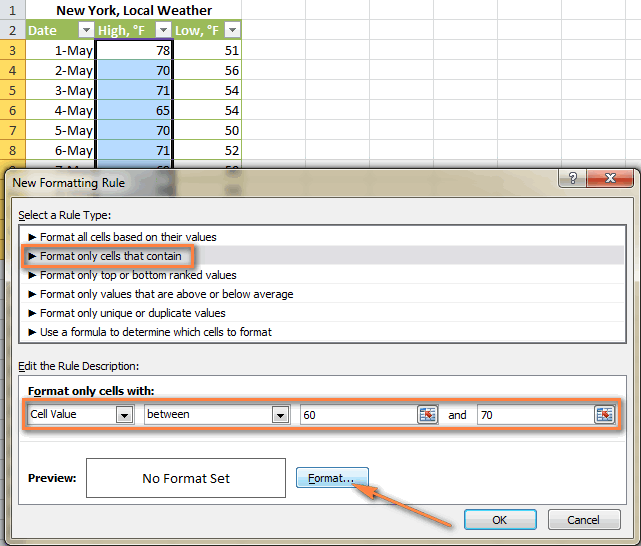Fill 1 Cell With 2 Critearia In Excel 2011 For Mac
You can try adding this formula to B1: =IF(OR(A1='X';A1='Y';A1='Z');'W';IF(OR(A1='G';A1='H';A1='J');'W';')) The first part checks if A1 is either X Y or Z. If it's true, it returns 'W', if it's false, it will call for another IF statement, that checks if A1 is in G H or J. If it's true, yes, 'W' again, if it's not, it'll just put nothing in there.
If you need to look up a word in the dictionary, each app has a tool for that. Amazon kindle for mac download.
It's possible to simplify it, by using only one IF/OR like this: =IF(OR(A1='X';A1='Y';A1='Z';A1='G';A1='H';A1='J');'W';') You might have to replace; with, depending on your locale settings. @knuckle_sandwich - If the other Answer's formula worked without modification then I suspect your system uses a semi-colon for a list delimiter whereas I've used a comma. If that is not the issue then you've probably typed a regular bracket where a mathematical brace was required. Knowing what the error message was that you received would have helped diagnose the problem but you've decided to keep that a secret.
Suffice to say that the formula was tested and was working before I posted it. – Sep 18 '14 at 14:00 •.
See solution in other versions of Excel: • • • Question: In Microsoft Excel 2011 for Mac, I'm putting the sum of 3 cells in a 4th cell. If the sum is greater than 10, I would like the sum to be the color red. If the sum is less than 10, I would like the sum to be the color blue.
Is this possible? Answer: If you wish to change the color of the font based on the value in a cell, you will need to apply conditional formatting.
Fill 1 Cell With 2 Criteria In Excel 2011 For Mac
To do this, select the cell that you wish to apply the formatting to. In this example, we've selected cell B8. Select the Home tab in the toolbar at the top of the screen. Then click on the Conditional Formatting drop-down and select Manage Rules. When the Conditional Formatting Rules Manager window appears, click on the + button in the bottom left of the window to enter the first condition.
When the New Formatting Rule window appears, select Classic as the Style drop down. Then select Format only cells that contain in the second drop down, Cell value in the third drop down, greater than in the fourth drop down, and enter 10 in the final box. In our example, we've selected when the cell value is greater than 10.

Next, we need to select what formatting to apply when this condition is met. To do this, select ' custom format.' In the Format with drop down. When the Format Cells window appears, select the formatting conditions that you wish to apply. We've changed the Color to Red in the Font tab and selected 'No Fill' under the Fill tab. Then click on the OK button.
My spell check in Word no longer recognizes obvious spelling errors. I have (a) rebooted and rebuilt the directory (with Disk Warrior); (b) checked and double checked the Custom Dictionaries; (c) turned spell checking off and on again. It worked perfectly fine until a couple of days ago. Why does my word for mac no longer have spell check.